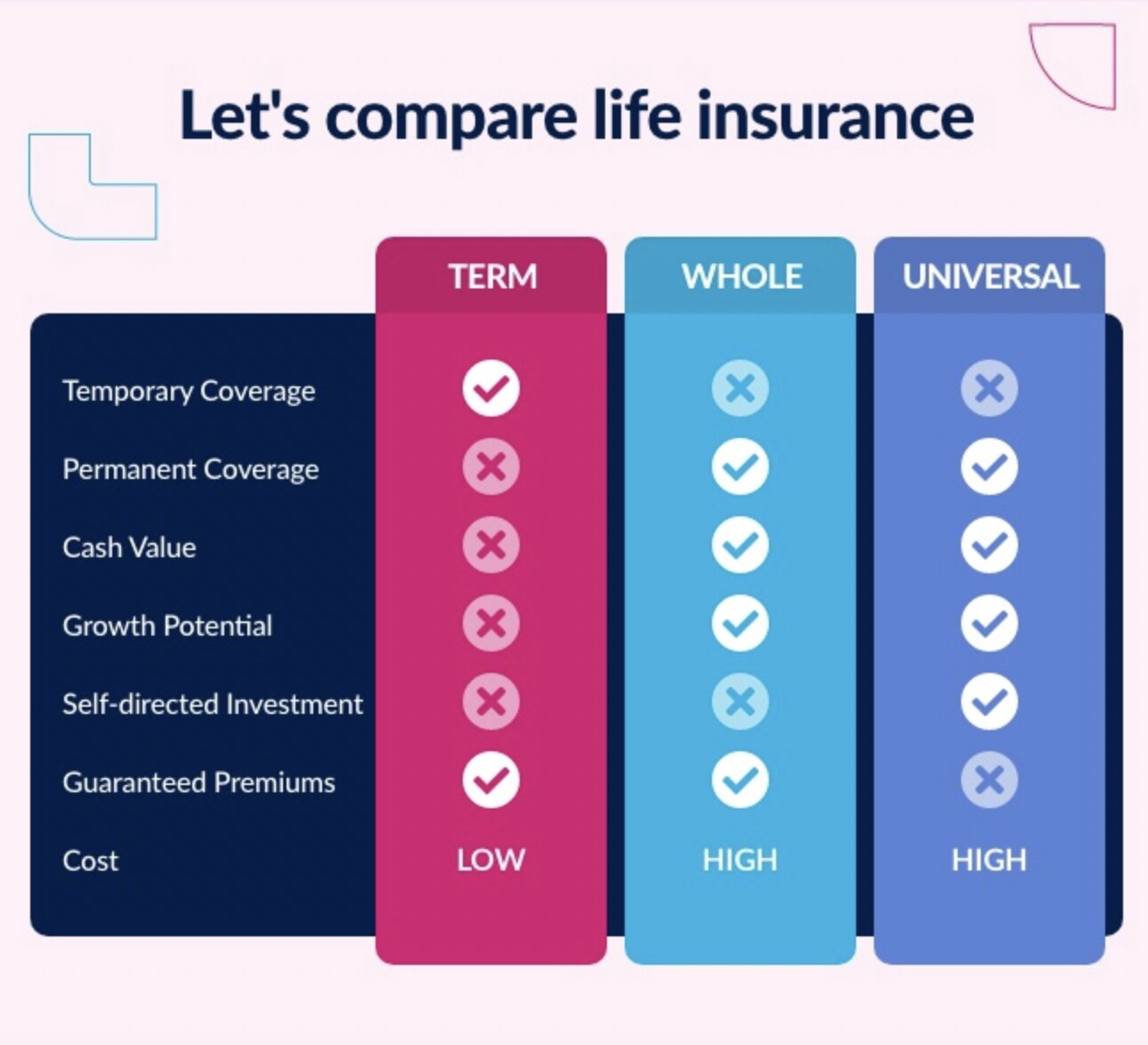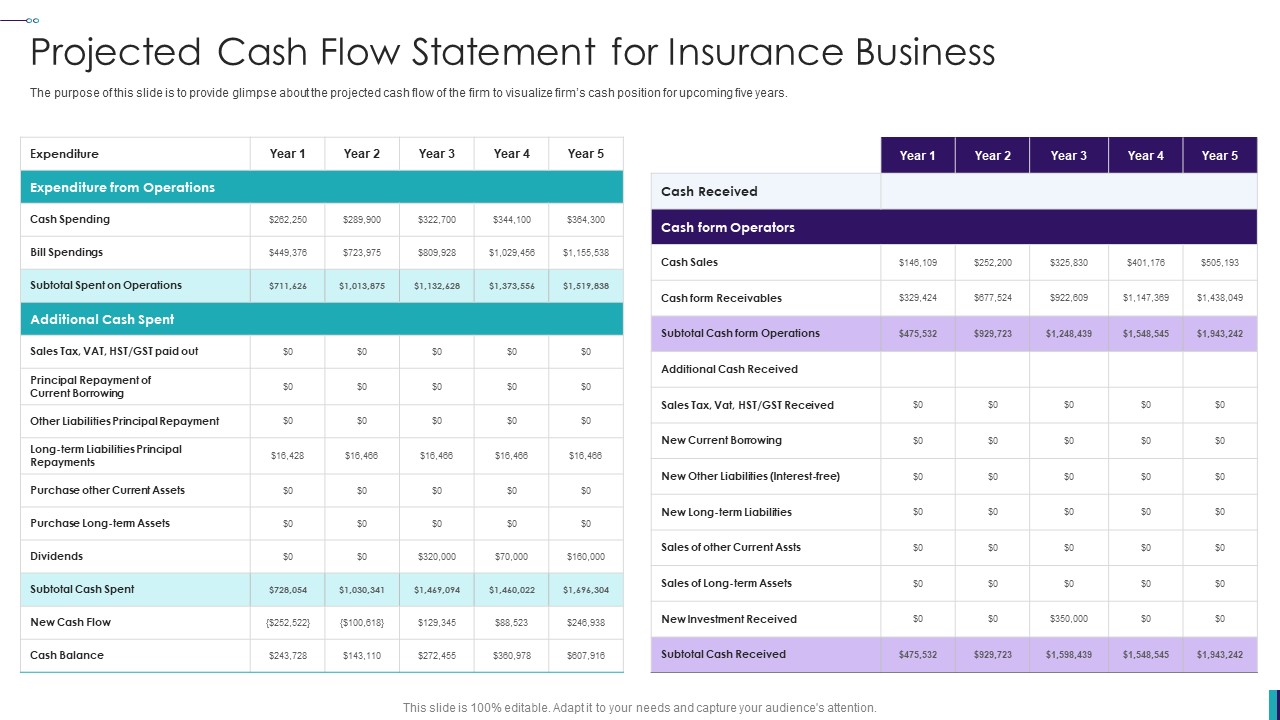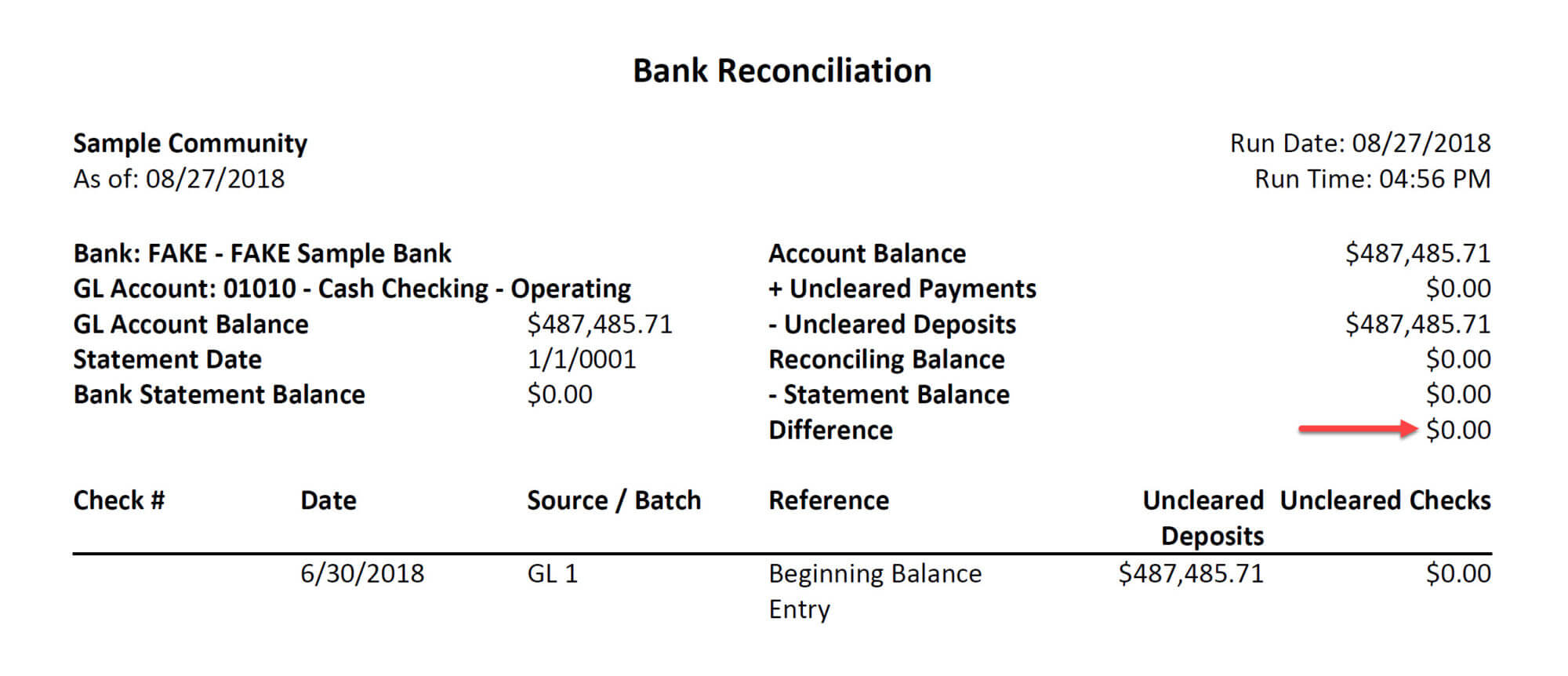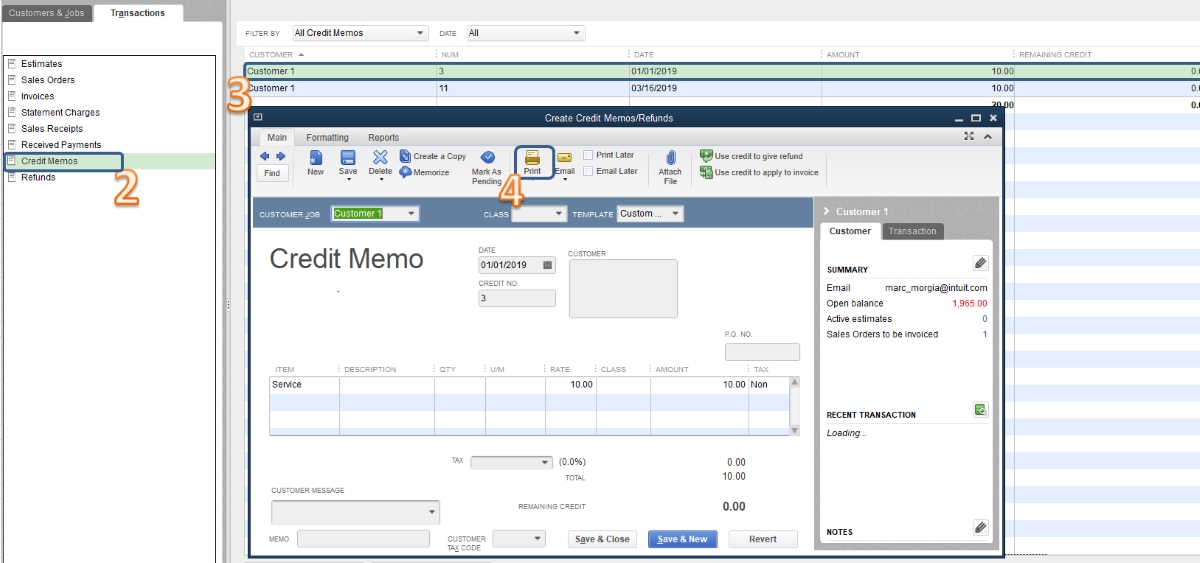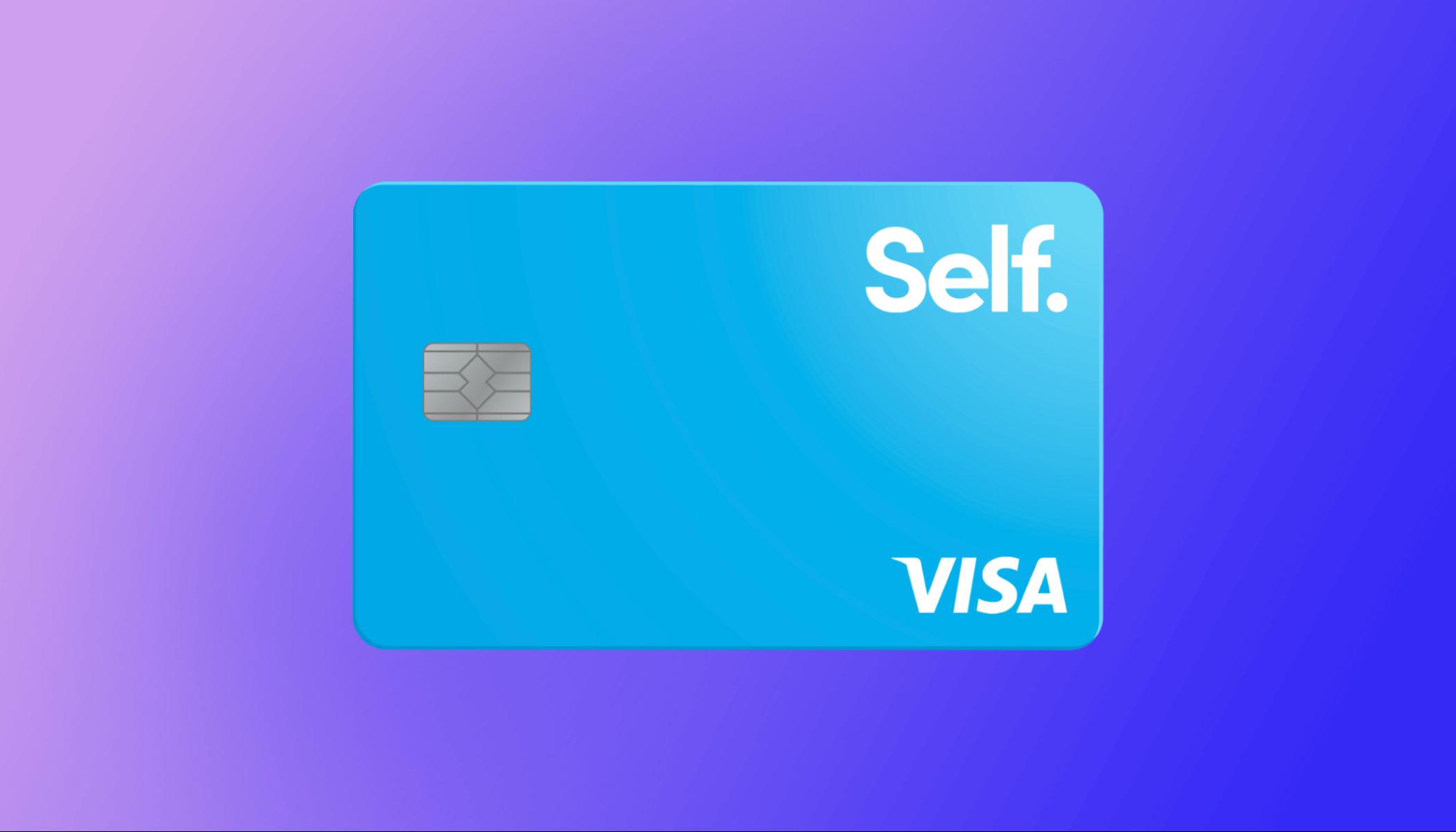

Finance
What Is Cash Surrender Life Insurance
Published: November 23, 2023
Learn how cash surrender life insurance works and how it can help you financially. Explore the benefits and considerations of this financial option.
(Many of the links in this article redirect to a specific reviewed product. Your purchase of these products through affiliate links helps to generate commission for LiveWell, at no extra cost. Learn more)
Table of Contents
Introduction
Life insurance is a financial tool that provides a safety net for your loved ones in the event of your passing. It offers peace of mind knowing that they will be financially supported during a difficult time. However, life circumstances can change, and you may find yourself in a situation where you need to access the cash value of your life insurance policy before maturity. This is where cash surrender life insurance comes into play.
Cash surrender life insurance allows policyholders to receive a payout by surrendering their policy before it reaches its full term. Essentially, it converts the life insurance policy into a cash asset that can be accessed by the policyholder. This option can be useful if you are facing financial hardships, need to pay off debts, or require immediate funds for any reason.
In this article, we will explore the concept of cash surrender life insurance and provide insights into how it works. We’ll discuss the reasons why someone might consider surrendering their policy, as well as the potential advantages and drawbacks of this decision. Additionally, we’ll touch on important factors to consider before surrendering your life insurance policy and explore alternative options that may better suit your needs.
It’s essential to approach cash surrendering your life insurance with caution and a clear understanding of the consequences. While it can provide temporary financial relief, it’s crucial to weigh the potential benefits against the long-term implications.
Now, let’s dive into the details of cash surrender life insurance and how it operates.
Definition of Cash Surrender Life Insurance
Cash surrender life insurance is a provision within a life insurance policy that allows the policyholder to receive a lump sum payment by surrendering their policy before it reaches its maturity date. When you purchase a life insurance policy, a portion of your premium payments go toward building cash value within the policy. This cash value grows over time, and you can access it by surrendering the policy.
When you decide to surrender your life insurance policy, you forfeit the death benefit coverage that would have been paid out to your beneficiaries upon your death. Instead, you receive a cash payout based on the accumulated cash value of the policy, minus any applicable fees or surrender charges.
The cash value of a life insurance policy typically grows gradually, especially during the early years. However, it can accumulate more rapidly over time, as the investment and interest components of the policy mature. The surrender value is the cash value that has accumulated in the policy, which you can access when surrendering the policy.
It’s important to note that the surrender value of your policy may be lower than the total premiums you’ve paid if you surrender it early. This is due to insurance charges, administrative fees, and other expenses associated with maintaining the policy.
It’s also vital to understand that cash surrendering your life insurance policy is different from taking a loan against the policy’s cash value. When you take a loan against your policy, you are borrowing money from the insurance company, and the cash value remains intact. On the other hand, surrendering the policy means terminating the coverage and receiving the cash value as a lump sum payment.
Now that we have defined cash surrender life insurance, let’s explore how it works in practice.
How Does Cash Surrender Life Insurance Work?
Cash surrender life insurance works by allowing policyholders to access the accumulated cash value of their life insurance policy before it reaches its maturity date. The process typically involves the following steps:
- Assessing your policy: Before considering cash surrendering your life insurance policy, it’s important to thoroughly review the terms and conditions outlined in your policy document. Understand the surrender charges, any penalties, the surrender value, and the impact it will have on the death benefit coverage.
- Contacting your insurance company: Once you have decided to surrender your policy, contact your insurance company to initiate the process. They will provide you with the necessary paperwork or guide you through the online process to formally surrender the policy.
- Completing surrender paperwork: You will need to fill out the surrender paperwork, which typically includes information such as your policy number, personal details, and instructions on how you want to receive the surrender proceeds (e.g., as a check or via electronic transfer).
- Calculating the surrender value: The surrender value is the cash value that has accumulated in your policy, minus any applicable surrender charges or fees. The insurance company will calculate this amount based on the terms of your policy and provide you with the final surrender value.
- Receiving the surrender proceeds: Once your surrender request is processed and approved, you will receive the surrender proceeds. This can be in the form of a lump sum payment, either by check or direct deposit, depending on your preference.
- Impact on beneficiaries: It’s important to note that surrendering your life insurance policy means forfeiting the death benefit coverage for your beneficiaries. This can have significant financial implications for your loved ones in the event of your passing. Make sure to consider this impact carefully before deciding to surrender your policy.
It’s important to remember that cash surrendering your life insurance policy is an irreversible decision. Once the policy is surrendered, you cannot reinstate it or regain the death benefit coverage. Therefore, it’s crucial to weigh the pros and cons and carefully assess your financial situation before proceeding with cash surrender.
Now, let’s take a closer look at the advantages and disadvantages of cash surrender life insurance.
Pros and Cons of Cash Surrender Life Insurance
Cash surrendering your life insurance policy is a decision that should be carefully weighed. It has its own set of advantages and disadvantages that you should consider before proceeding. Let’s explore the pros and cons of cash surrender life insurance:
Pros:
- Immediate access to cash: Cash surrendering your life insurance policy provides you with a lump sum payment, which can be beneficial if you are facing financial hardships or need immediate funds for any reason.
- No repayment required: Unlike taking a loan against your policy’s cash value, there is no need to repay the money received from cash surrender. It is a one-time lump sum payment that you can use as you see fit.
- Financial flexibility: Surrendering your policy can give you more control over the use of your funds. You are not restricted by the limitations and restrictions imposed by the life insurance policy.
Cons:
- Loss of death benefit: By surrendering your life insurance policy, you forfeit the death benefit coverage that would have been paid out to your beneficiaries upon your passing. This can have significant financial consequences for your loved ones.
- Lower surrender value: If you surrender your policy early, the surrender value may be lower than the total premiums you’ve paid. This is due to fees, charges, and administrative costs associated with maintaining the policy.
- Tax implications: Surrendering your life insurance policy may have tax implications. The surrender proceeds could be subject to income tax, especially if the cash value exceeds the premiums paid into the policy.
It’s important to carefully consider the pros and cons of cash surrender life insurance in light of your specific financial situation and goals. Additionally, consulting with a financial advisor or insurance professional can provide valuable insights and help you make an informed decision.
Next, let’s discuss important factors to consider before surrendering your life insurance policy.
Factors to Consider Before Surrendering Your Life Insurance Policy
Before making the decision to surrender your life insurance policy, it’s crucial to consider several factors that can impact your financial situation and long-term goals. Here are some key factors to keep in mind:
Current financial needs:
Assess your current financial needs and determine if surrendering your life insurance policy is the best solution. Consider alternative sources of funding and explore other options before making a final decision. It’s important to ensure that surrendering the policy aligns with your immediate financial goals.
Effect on beneficiaries:
Surrendering your life insurance policy means your beneficiaries will lose out on the death benefit coverage. Evaluate the impact this may have on their financial well-being and their ability to cope with your passing. If you have dependents or loved ones who rely on your policy’s death benefit, surrendering it could leave them vulnerable and financially exposed.
Long-term financial goals:
Consider how surrendering your life insurance policy aligns with your long-term financial goals. While it may provide immediate access to cash, it’s crucial to assess the potential long-term implications. Evaluate if the surrender value is sufficient to meet your financial needs and goals in the future.
Alternatives to surrendering:
Before surrendering your life insurance policy, explore alternative options that may better suit your needs. For example, you can investigate taking a loan against the policy’s cash value or explore options to reduce the premium payments without surrendering the policy entirely.
Tax implications:
Understand the potential tax implications of surrendering your life insurance policy. Depending on the surrender value and your specific circumstances, the surrender proceeds may be subject to income tax. Consult with a tax advisor or financial professional to assess the tax implications and determine the most tax-efficient strategy for your situation.
It’s important to evaluate these factors thoroughly and seek advice from a financial professional or insurance advisor. They can provide personalized guidance based on your unique circumstances and help you make an informed decision.
Now, let’s explore some alternatives to cash surrendering your life insurance policy.
Alternatives to Cash Surrendering Your Life Insurance
If you’re considering surrendering your life insurance policy but are hesitant to forego the death benefit coverage or face potential tax implications, there may be alternative options to explore. Here are a few alternatives to cash surrendering your life insurance:
1. Policy Loans:
Instead of surrendering your policy, you can consider taking a loan against the cash value of your life insurance. This allows you to access funds while keeping the policy in force. The loan is typically paid back with interest, and if it’s not repaid, the outstanding balance will be deducted from the death benefit.
2. Partial Withdrawals:
Some life insurance policies allow for partial withdrawals, which enable you to access a portion of your cash value while leaving the policy intact. This can provide you with some immediate funds without fully surrendering the policy or losing the death benefit coverage.
3. Reduced Paid-Up Option:
If you have a whole life insurance policy, you may have the option to convert it into a reduced paid-up policy. This means that you stop making premium payments, and the policy remains in effect with a reduced death benefit. This can be a viable option if you no longer want to pay premiums but still want some life insurance coverage.
4. Policy Exchange:
You can explore the possibility of exchanging your existing life insurance policy for a different type of policy that better suits your current needs. For example, you may be able to exchange a cash value policy for a term life policy, which typically has lower premiums.
5. Secondary Market Options:
If you have a life insurance policy that you no longer need or can afford, you might consider selling it in the secondary market. This involves selling your policy to a third party, such as a life settlement provider, who will pay you a lump sum in exchange for becoming the policy’s new beneficiary.
It’s essential to carefully evaluate these alternatives and assess how they align with your financial goals and circumstances. Consult with a financial advisor or insurance professional who can provide personalized guidance based on your specific needs.
Finally, let’s conclude our discussion on cash surrender life insurance.
Conclusion
Cash surrender life insurance can provide a way for policyholders to access the accumulated cash value of their life insurance policy before it reaches maturity. While it offers immediate financial relief and flexibility, it is essential to consider the potential drawbacks and impacts on your long-term financial goals.
Before deciding to surrender your life insurance policy, carefully assess your current financial needs, the impact on your beneficiaries, and the potential tax implications. Evaluate alternative options, such as policy loans or partial withdrawals, which may allow you to access funds while retaining the death benefit coverage.
Consulting with a financial advisor or insurance professional is crucial in making an informed decision. They can provide personalized guidance tailored to your specific circumstances and help you weigh the pros and cons.
Remember, surrendering your life insurance policy is an irreversible decision. Once the policy is surrendered, you cannot reinstate it or regain the death benefit coverage. Therefore, take the time to thoroughly evaluate your options and ensure that surrendering the policy aligns with your immediate financial needs and long-term goals.
Life insurance is a valuable financial tool, providing financial security for your loved ones when they need it most. Balancing your immediate financial needs with the desire to maintain protection for your beneficiaries is crucial. Consider the alternatives and seek professional advice to make a well-informed decision that best suits your circumstances.
Ultimately, the decision to cash surrender your life insurance policy should be made after careful consideration and consultation with trusted advisors. By weighing the advantages, disadvantages, and alternatives, you can make a choice that aligns with your financial goals and priorities.
Now that you have a clearer understanding of cash surrender life insurance, take the time to assess your situation and make the decision that is right for you.





